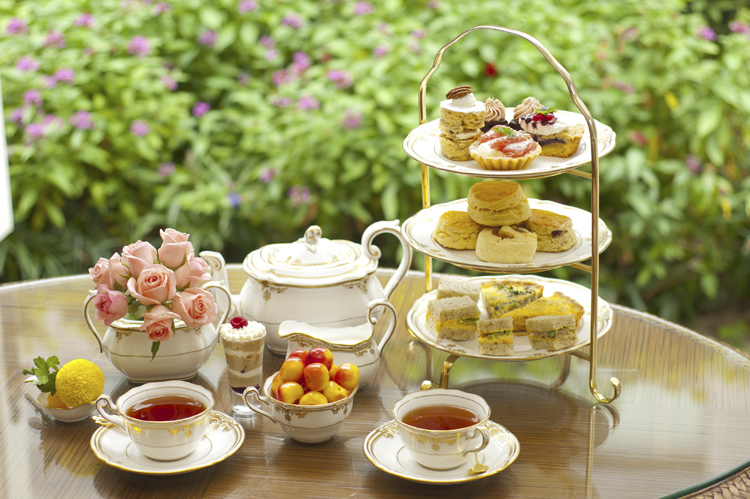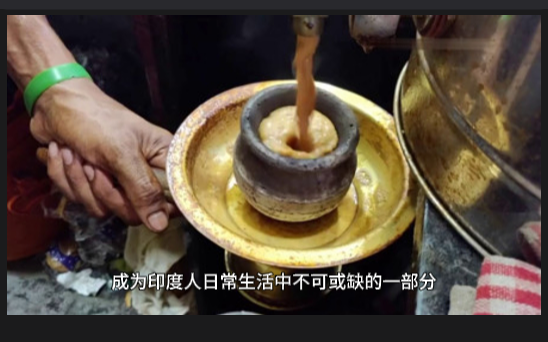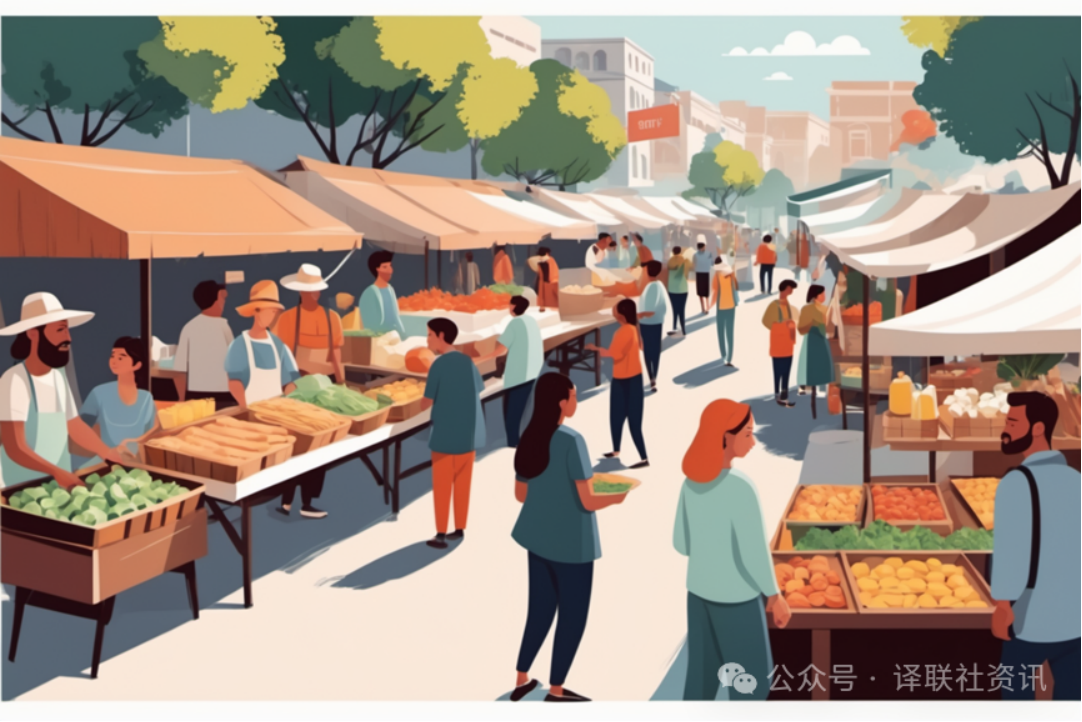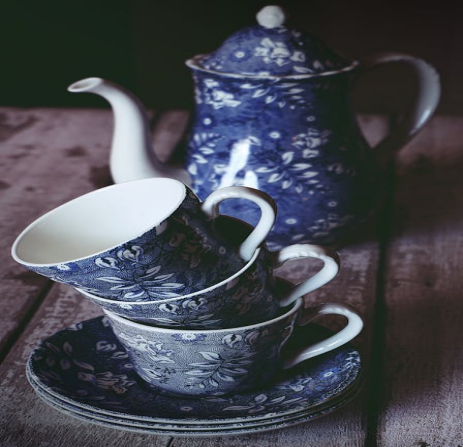To many, tea, an ancient beverage originating from China, seems to be closely associated with Eastern cultures. However, with the accelerated pace of globalisation, tea has crossed geographical boundaries and become a drink shared by people all over the world. People in different countries and regions have developed their own distinctive tea drinking habits based on their own taste preferences and cultural backgrounds, making the world of tea a colourful one. Today, let's explore the teas that are loved by foreign tea lovers and experience the diverse flavours of global tea culture.
Britain: The Elegance of Classic Black Tea
When it comes to foreign tea culture, the afternoon tea culture in the UK is undoubtedly the most well-known. Here, black tea is the absolute protagonist, especially black tea from India and Sri Lanka, which is highly regarded for its rich, mellow taste. The British like to add milk and sugar to black tea, creating a unique ‘milk tea’ flavour, with delicate pastries, creating an elegant and leisurely afternoon. This way of drinking tea not only reflects the British pursuit of quality of life, but has also become an important part of their social activities.

USA: The Cool Charm of Iced Tea
In the United States, iced tea has become one of the most popular beverages in the summer due to its refreshing and thirst-quenching properties. Unlike hot beverages, Americans prefer to drink their tea chilled, sometimes with lemon wedges or ice cubes to add a touch of freshness. Whether it's green, black or oolong tea, iced tea is a perfect match and has become an integral part of American daily life. In addition, some speciality tea shops will also launch various flavours of flavoured iced tea, such as peach iced tea, strawberry iced tea, etc., to meet the needs of different consumer tastes.
Japan: The quietness of matcha and sencha

In Japan, tea is not only a drink, but also a spiritual support. Matcha, the core of the Japanese tea ceremony, is famous for its fine powder and unique production process. With its emerald green colour and slightly bitter and sweet taste, matcha is accompanied by exquisite tea utensils and ceremonial tea ceremony performances, allowing people to feel purified and peaceful while sipping tea. Sencha, on the other hand, is the most common type of tea in daily life in Japan, and is loved by the Japanese public for its refreshing aroma and light taste.
India: The rich flavour of spiced tea

India's tea culture is also colourful, the most representative of which is spice tea. Indians like to add ginger, cardamom, cinnamon and other spices to their tea, as well as milk or sugar, creating a rich and layered tea drink. Not only is this tea aromatic, but it also provides warmth in cold weather, making it an integral part of Indian daily life. In addition, India's Chai Masala, with its unique recipe of spices, has captivated the taste buds of countless visitors.
Russia: Samosas and Sweet Tea Cosy

In Russia, the samovar is a symbol of tea-drinking culture. This traditional copper or iron tea set, which continuously heats and keeps the water warm, is a must for Russian family gatherings. Russians like to add a lot of sugar to their tea, sometimes even lemon slices or jam, creating a unique flavour that is sweet but not cloying. This way of drinking tea not only reflects the Russians' love of sweets, but also conveys the warmth and happiness of family reunions.
Conclusion
Tea, as a drink that crosses borders, not only nourishes people's bodies, but also enriches their spiritual world. From the elegant black tea of England to the cool iced tea of the United States, from the matcha and sencha of Japan to the spice tea of India, to the samovar and sweet tea of Russia, each kind of tea carries its unique cultural background and people's philosophy of life. In today's globalised world, let's use tea as a medium to explore the charm of different cultures and enjoy this gift from nature.
Disclaimer: Some of the content in the article comes from AI and is for readers' reference only.




